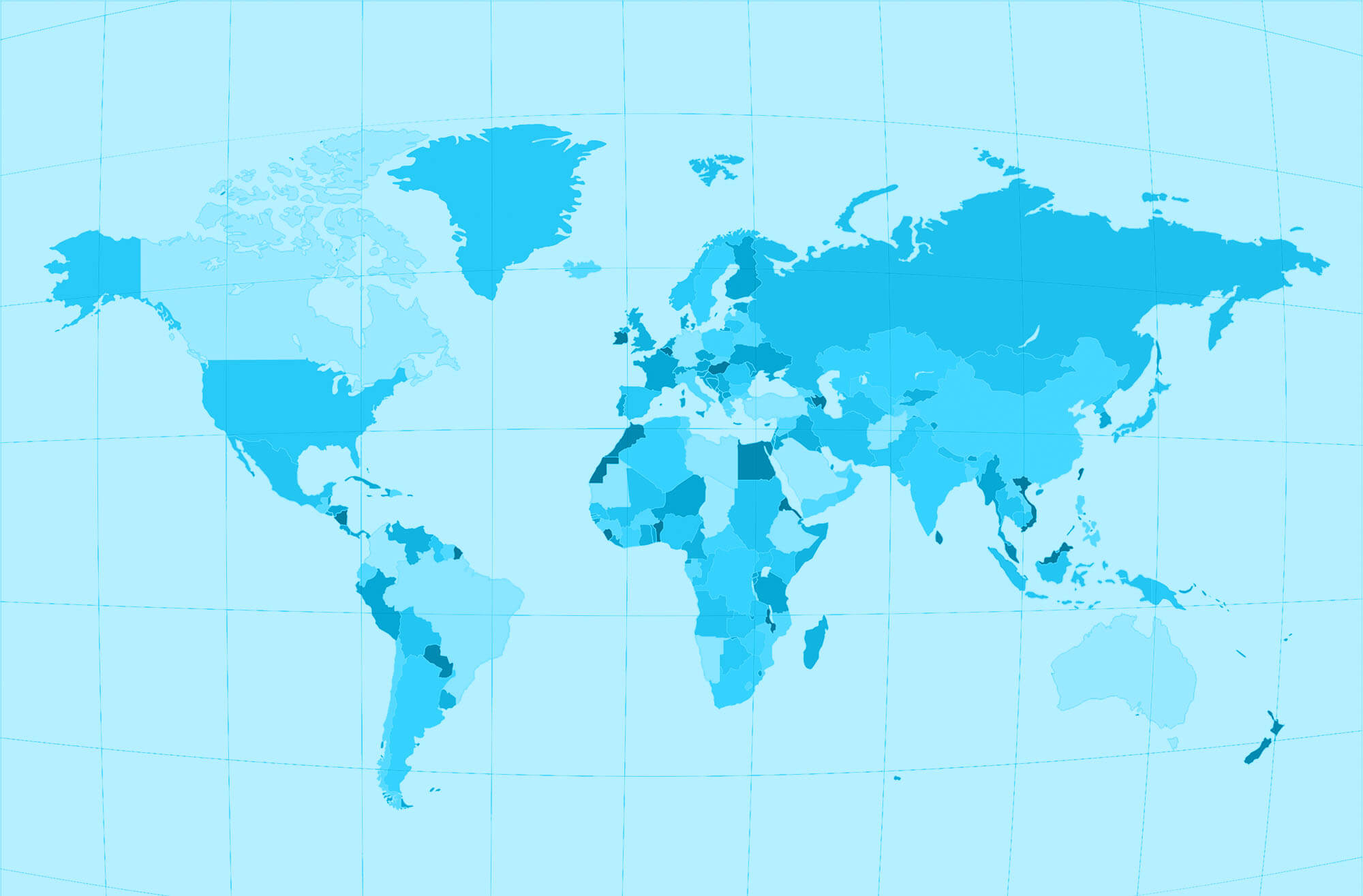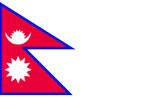Replicate Our SA Program Model
“Christian citizens of each country should stand against sexual exploitation in their own location. We believe that called Christian nationals who have been trained and mentored on delivering the SA Program Model are the best equipped to bring hope and recovery to these women and children in need.”
—The SA Foundation Organizational Development Team (ODT)
Our long term goal is that no person be enslaved by the sex trade. No matter their stories and no matter where they are, they deserve an avenue of escape. We provide training through our World Services Division to national and international leaders to implement the SA Program Model within their own communities. We utilize our network partners to assist with experiential training.
This process includes leadership screening and assessment, training on governance structures, core values, operational structures and program delivery.
Replication of Our SA Program Model:
- We implement our SA Program Model in countries at various stages of development. In under-developed and developing countries, we may fund the program development and reassess the needs after some time. We offer partnership agreements to all those who implement the SA Program Model.
- The partnership with the SA Foundation is based on a long-term relationship focused on implementing the model and core values.
If you are considering a partnership with us or would like to learn more about what partnership entails, please review the PDF document below.
















